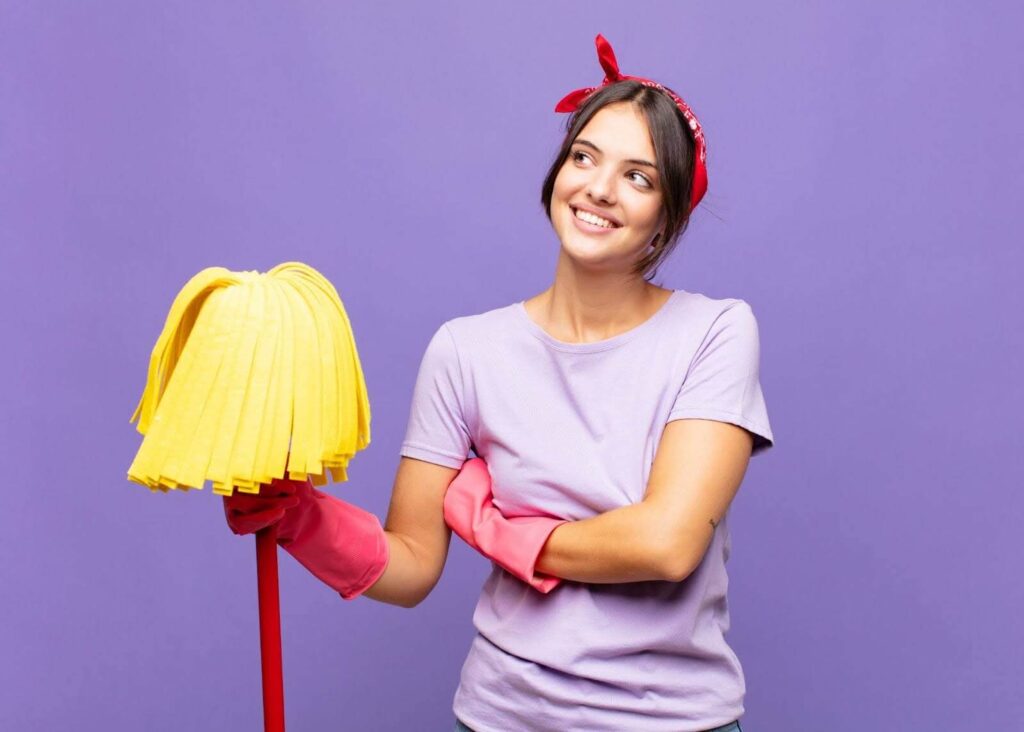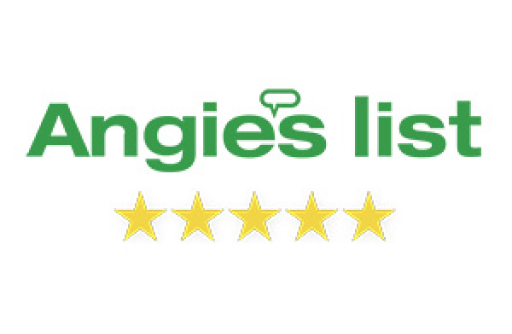Rubber flooring works well in many rooms of the home and in a number of commercial applications. Hard work goes on in many of these places, so cleaning your rubber floors regularly needs to be a focus. Here’s how to do it right.
Regular Rubber Floor Cleaning
While sanitizing your flooring is important, it’s much more crucial to clean it on a very regular basis. Ready to learn how to clean rubber flooring?
The best method for extending the life of your rubber flooring and keeping it safe is to clean it frequently. Cleaning your flooring isn’t a monumental task to take on, but it becomes harder and harder the longer you put it off. In other words, keeping it clean on a schedule is important. Regularly vacuum or sweep rubber flooring; this helps keep it clear of materials that can impact traction and scratch the rubber. When vacuuming or sweeping, avoid using hard bristles, as these can also create scratches and damage the flooring. Spot cleaning with small amounts of dish soap or rubber floor cleaners can help keep stains from developing. While rubber is very durable, it does need some help to ensure it stays spotless.
Is rubber flooring safe? Rubber flooring is very safe, but it needs to be maintained properly to ensure that its anti-slip properties and softness are guaranteed.
Rubber Flooring Maintenance for Safety and Sanitization
Rubber flooring is a great option for dynamic environments where traction is a must, but that means rubber floors are often exposed to spills and other unsanitary conditions. Keeping your flooring clean and safe to walk on is critical, whether your rubber flooring is in a busy commercial space or a home gym.
How do you maintain rubber flooring? The best way to keep your rubber flooring clean and preserve its grip is to address spills and potential damage quickly. High-temperature spills need to be addressed as fast as possible. Since rubber floors are often in kitchens or production spaces, they are naturally able to resist some pretty hot spills, but that doesn’t mean they’re invulnerable. Allow the spill to cool, but clean it thoroughly and avoid using harsh chemicals. Excessive heat can allow the spill to permeate the rubber surface, so it’s recommended to cool the spill with water if possible to help you clean it up quicker. Since rubber flooring is waterproof, it’s no problem to clean it with a lot of water to help eliminate the risk of spilled materials lingering on your flooring.
Disinfecting your rubber flooring is also of the utmost importance. Given the humidity of the area, preventing mold and mildew from developing is another sanitary concern many rubber floor owners have. You may be tempted to use household cleaners like bleach, Lysol, or oil-based soaps. These can cause damage to the flooring. Instead, opt for rubber floor cleaners. While these cleaners are a bit pricier than the DIY approach, their pH is specifically formulated to clean rubber flooring without damaging it or impacting its traction.
Keep Your Rubber Floors in Good Condition
Rubber flooring is a great, durable option for commercial spaces and residences, but it does need some upkeep to maintain that durability. If you’ve got questions about rubber flooring maintenance or installation, consider calling Ozburn-Hessey for your free consultation and estimate.




